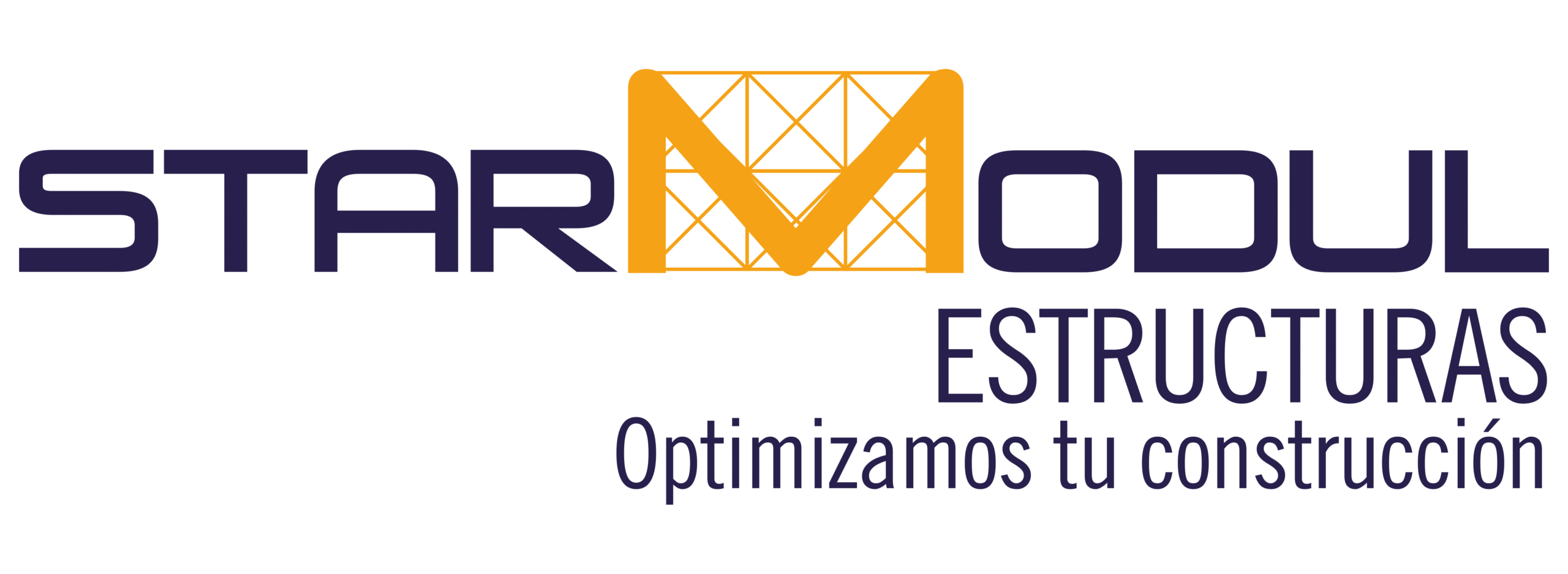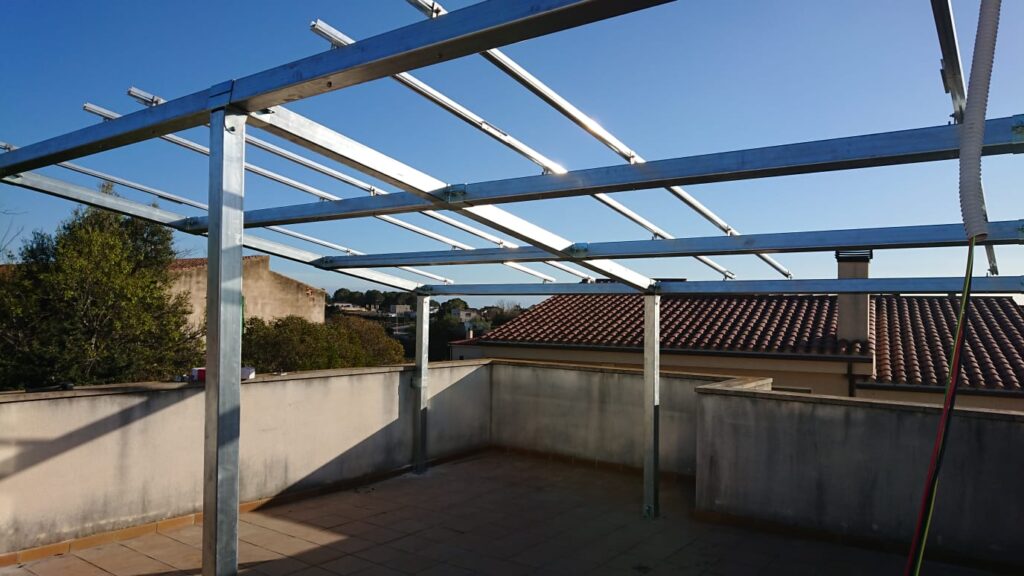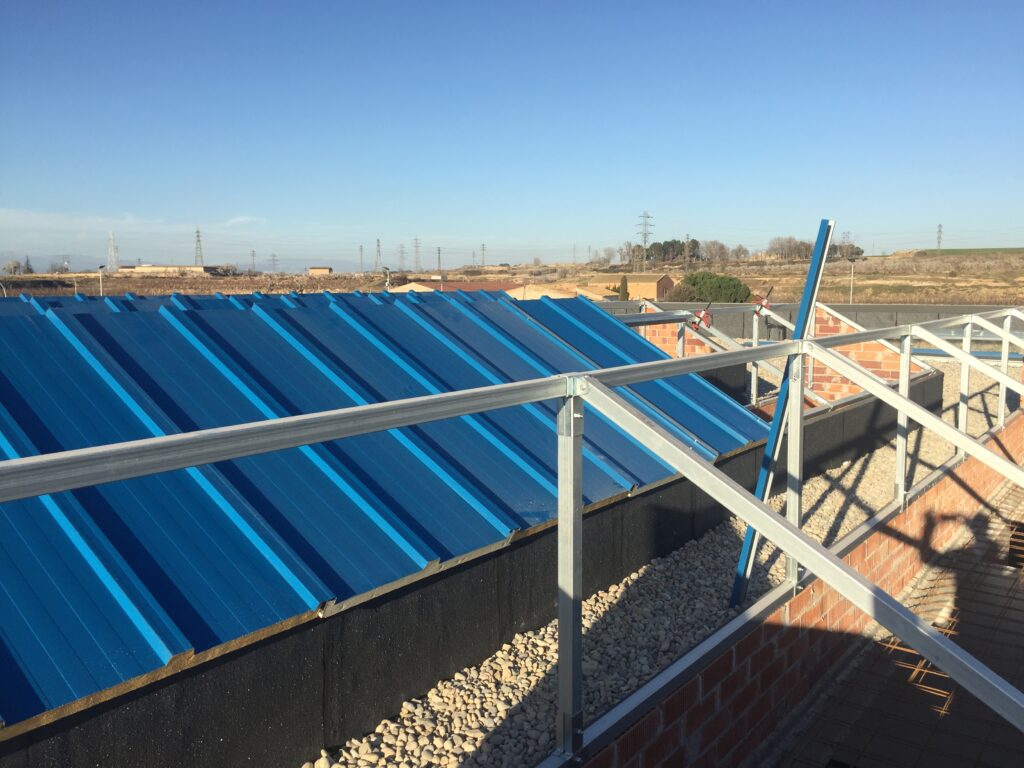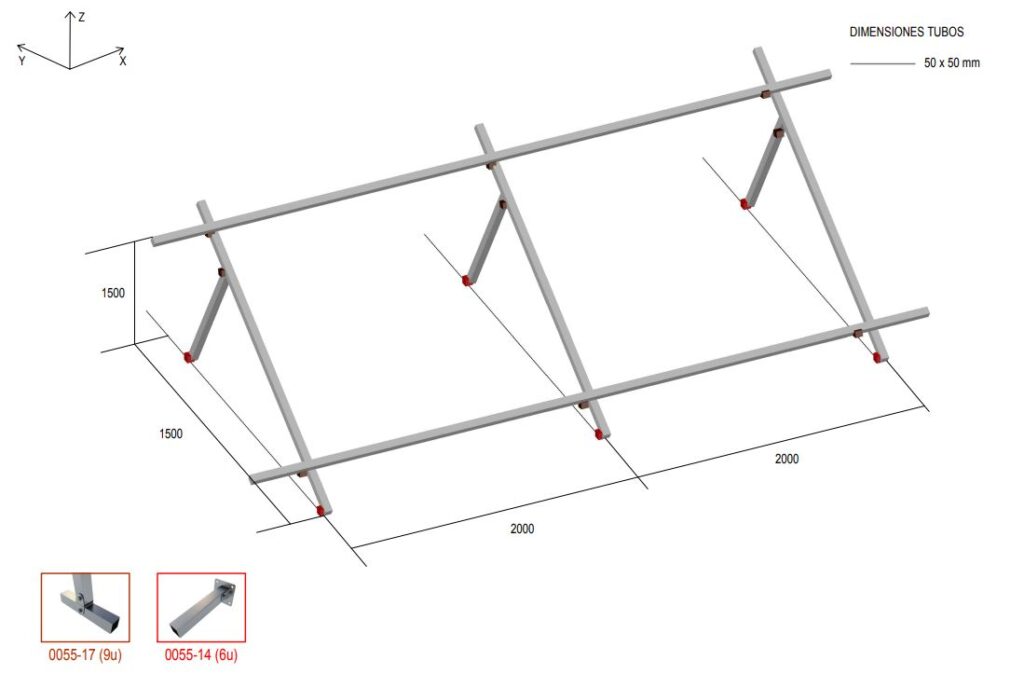Structures for Solar Panels
Solar panel structures are an essential component for harnessing the sun’s energy and converting it into clean, renewable energy. These structures provide a stable and secure platform for mounting the solar panels, ensuring optimal exposure to sunlight. Several types of solar panel structures are available, including the innovative coplanar support, which offers a unique design that allows for maximum energy absorption. In this article we will discuss the different types of solar panel structures, their advantages, installation process, materials used, costs and maintenance. By the end, you will have a comprehensive understanding of how these structures contribute to the widespread adoption of solar energy and the transition to a greener future.
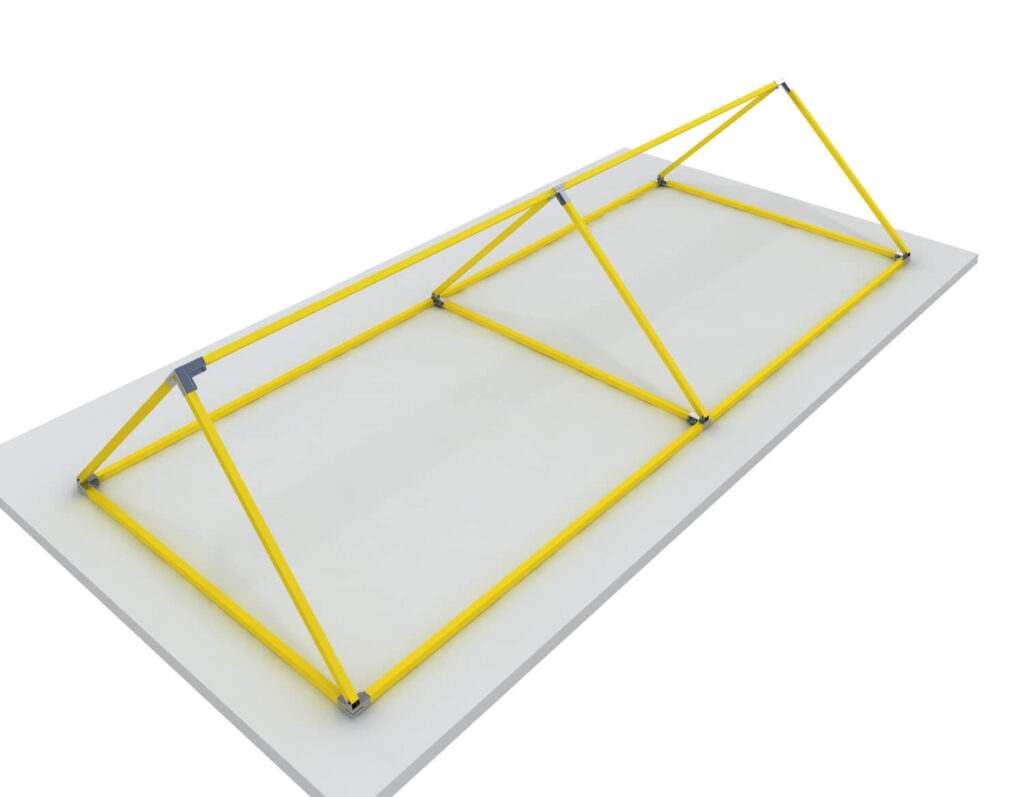
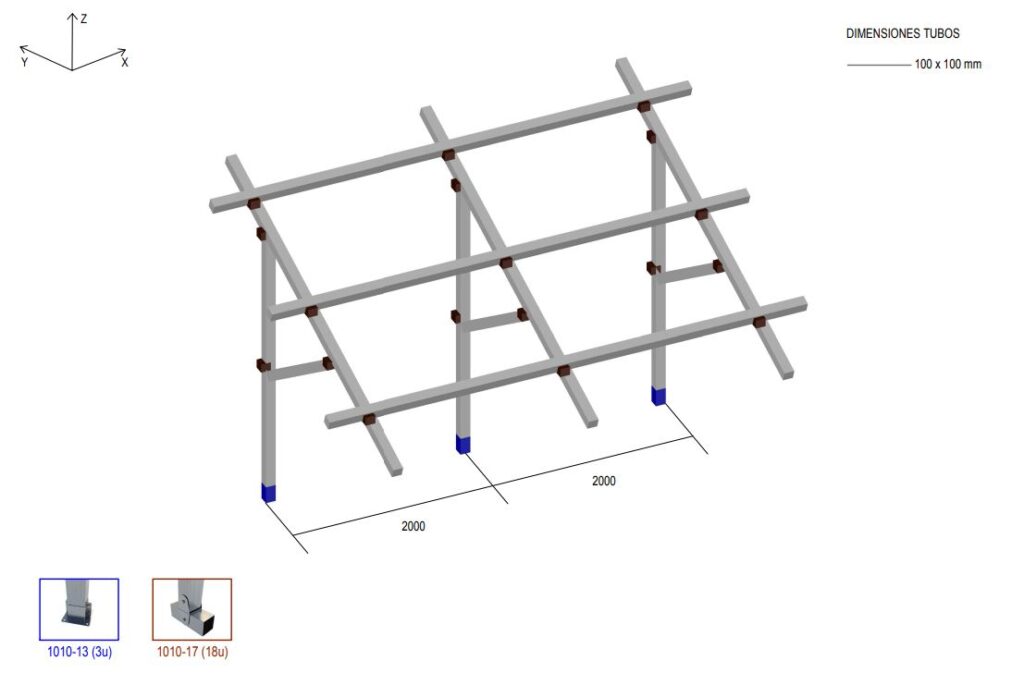
Types of solar panel structures
Advantages of solar panel structures
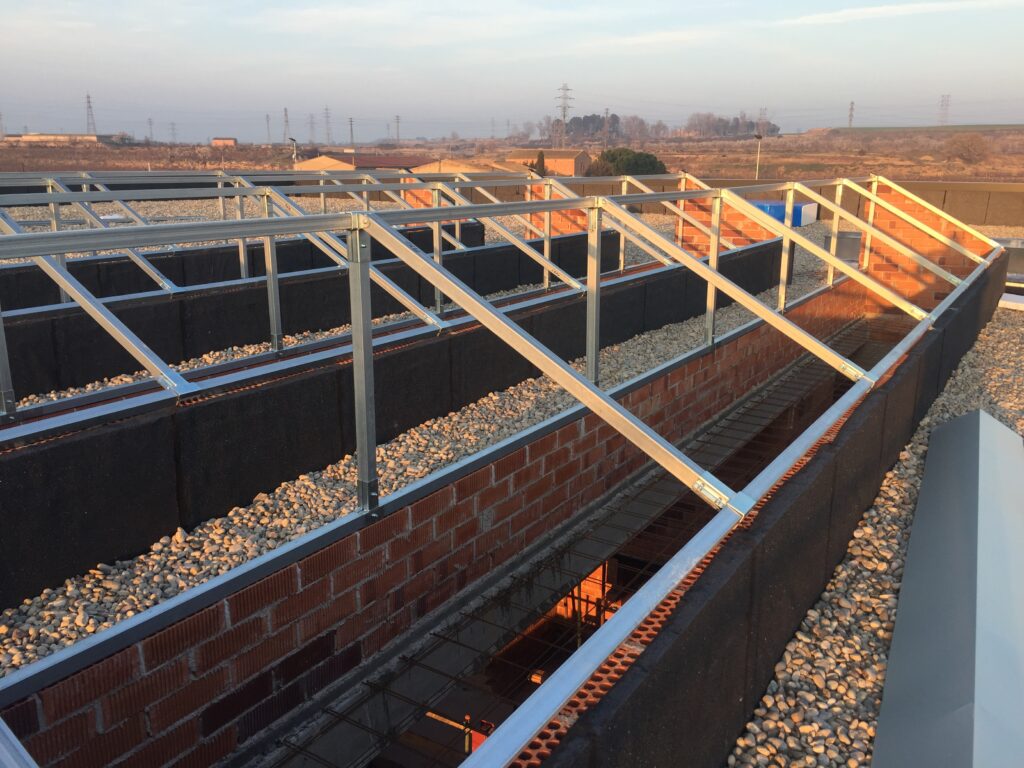
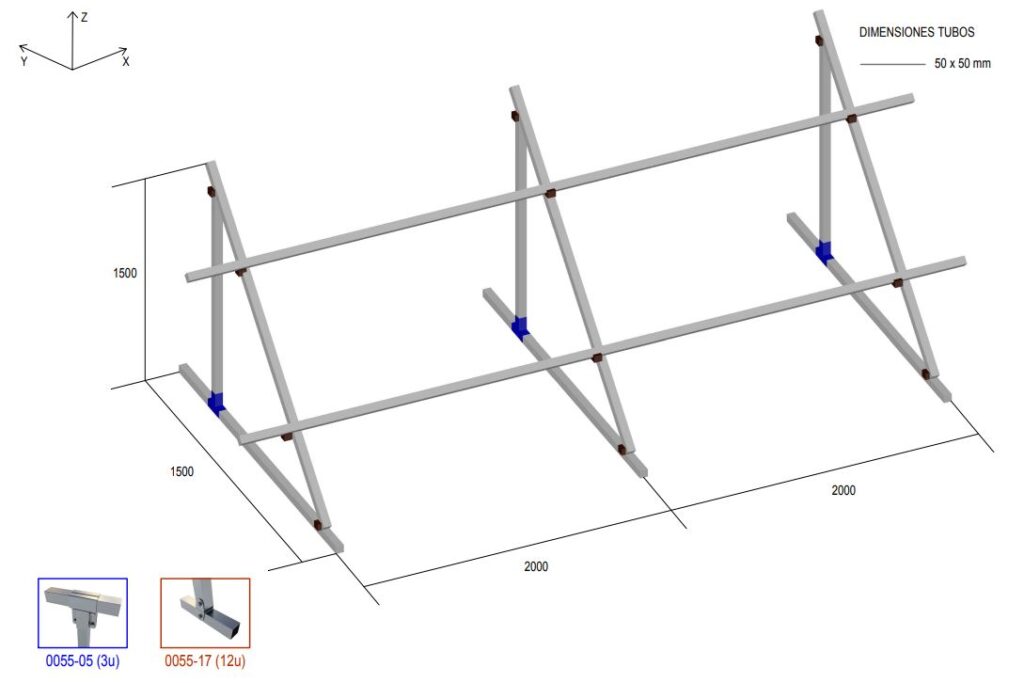
Why use structures for solar panels?
In conclusion, solar panel structures offer a sustainable and efficient solution for harnessing renewable energy. Different types of solar panel structures, such as rooftop installations and ground-mounted arrays, offer flexibility in terms of installation. These structures not only help reduce dependence on traditional energy sources, but also contribute to a greener and cleaner environment. With advances in technology and the decreasing cost of solar panels, more and more people are embracing solar energy as a viable option. So, whether for residential or commercial purposes, investing in solar panel structures can lead to long-term savings and a significant reduction in carbon emissions. Embrace the power of covered solar and contribute to a brighter, more sustainable future.
